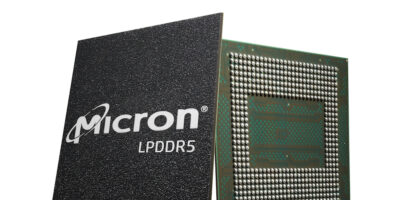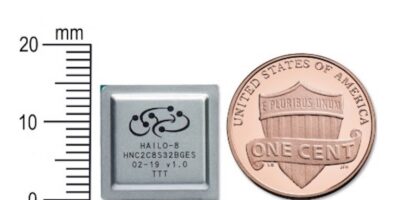Micro Technology is shipping what it claims is the first low-power DDR5 DRAM in mass production. The LPDDR5 DRAM will be used in Xiaomi’s the soon-to-be-released Mi 10 smartphone. Micron says that the LPDDR5 DRAM provides Xiaomi with power efficiency and fast data access speeds to meet consumer demand for artificial intelligence (AI) and 5G functionality in smartphones.
Dr. Raj Talluri, senior vice president and general manager of the Mobile Business Unit at Micron, said: “Micron’s LPDDR5 DRAM addresses [AI and 5G] requirements with a 50 per cent increase in data access speeds and more than 20 per cent power efficiency compared to previous generations.”
The LPDDR5 DRAM has been designed to address the growing demand for higher memory performance and lower energy consumption in automotive, client PCs and networking systems built for 5G and AI applications. LPDDR5 can provide more than a 20 per cent reduction in power use compared to LPDDR4x memory.
It delivers the speed and capacity needed to feed AI engines built directly into mobile processors. These processors rely on high data rates from Micron’s internal LPDDR5 memory to power their machine learning capabilities.
The next-generation LPDDR5 memory allows 5G smartphones to process data at peak speeds of up to 6.4Gbits per second, to prevent 5G data bottlenecks, explains Micron. Examples are autonomous vehicles that require a memory subsystem with a larger bandwidth to support real-time computing and data processing.
Micron is shipping LPDDR5 to customers in capacities of 6Gbyte, 8Gbyte and 12Gbyte and at data speeds of 5.5Gbits per second and 6.4Gbits per second.
The LPDDR5 in a multichip package will also provide longer battery life and higher bandwidth to enable high-performance image processing that was previously reserved for premier smartphones.
In the first half of 2020, the Micron LPDDR5 will also be available in a UFS-based multi-chip package (uMCP5) for use in mid- and high-tier smartphones.







